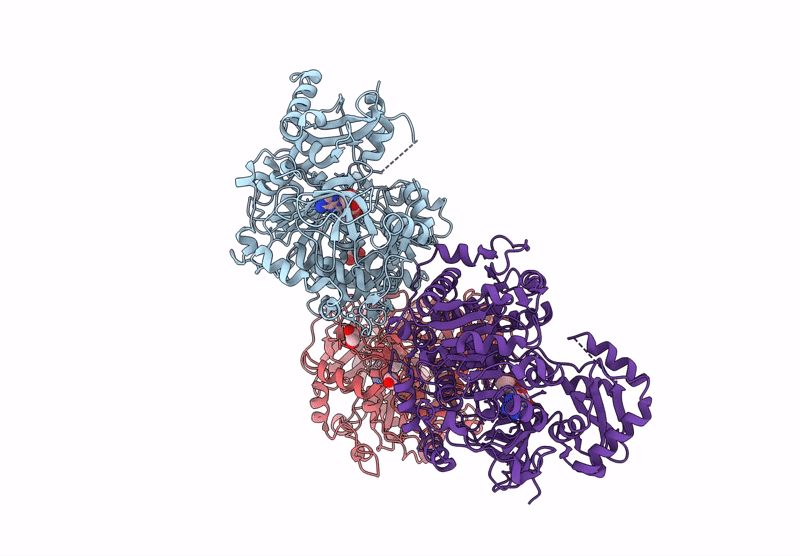
Deposition Date
2023-02-01
Release Date
2023-02-15
Last Version Date
2025-10-29
Entry Detail
PDB ID:
8G0T
Keywords:
Title:
Crystal Structure of Acetyl-CoA synthetase in complex with a cyclopropyl ester AMP inhibitor from Cryptococcus neoformans H99
Biological Source:
Source Organism:
Cryptococcus neoformans (Taxon ID: 5207)
Host Organism:
Method Details:
Experimental Method:
Resolution:
2.45 Å
R-Value Free:
0.26
R-Value Work:
0.21
R-Value Observed:
0.22
Space Group:
P 1


